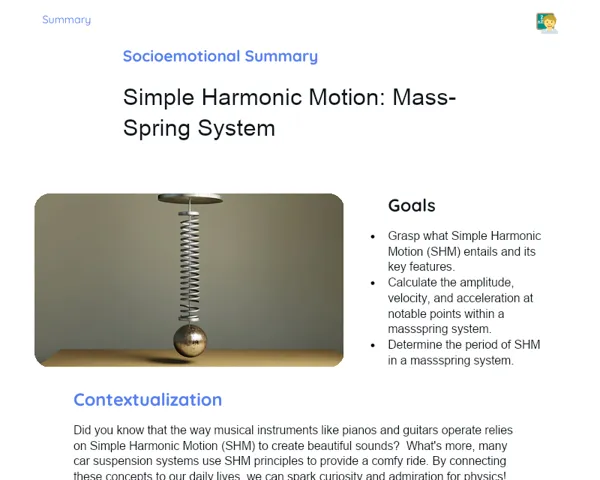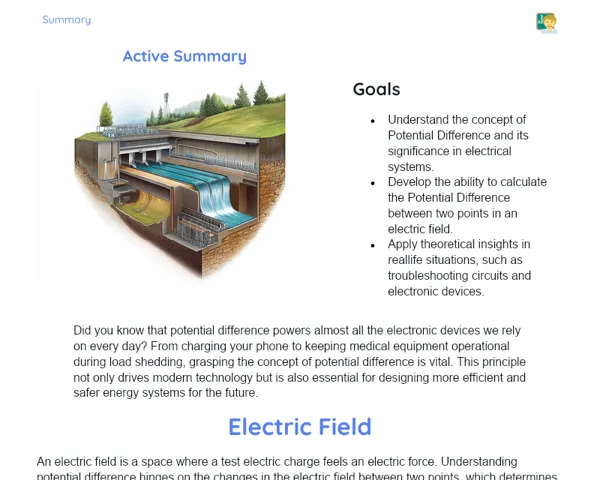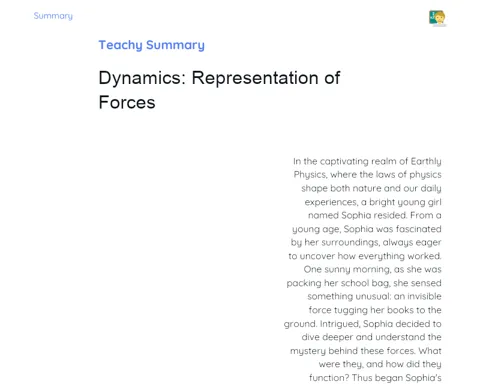Summary Tradisional | Sound Waves: Pitch and Timbre
Contextualization
Sound waves are vibrations that move through a medium, like air, which lets us hear the sounds around us. These waves are vital for human interaction, music, and several branches of science and technology. It’s crucial to understand ideas such as pitch, timbre, and volume to truly grasp how we perceive and differentiate the sounds we encounter every day.
Pitch relates to the frequency of the sound wave; higher frequencies are heard as higher pitches, and lower frequencies as lower ones. Timbre, however, refers to the quality of sound that helps us tell apart different sound sources even if they hit the same musical note. Volume is connected to the amplitude of the sound wave, indicating how intense the sound is. Understanding these concepts is important for various practical uses, including music, sound engineering, and communication.
To Remember!
Pitch of the Sound Wave
The pitch of a sound wave is directly connected to its frequency. Frequency is how many oscillations a wave completes in a second, measured in Hertz (Hz). Sounds with higher frequencies are heard as higher-pitched, whereas lower frequencies sound lower.
For instance, on a piano, the keys to the right generate high notes with high frequencies, while the keys on the left create low notes with lower frequencies. Beyond just musical instruments, pitch also plays a significant role in fields such as sound engineering and communication.
Pitch is one of the primary factors that allow us to tell apart different musical notes, and it’s essential for tuning instruments. Grasping the link between frequency and pitch is key for musicians, sound technicians, and acoustic engineers.
-
Pitch relates to the frequency of the sound wave.
-
Higher frequencies = higher-pitched sounds; Lower frequencies = lower-pitched sounds.
-
Crucial for instrument tuning and sound engineering.
Timbre of the Sound Wave
Timbre is what lets us differentiate between various sound sources producing the same pitch and volume. It’s determined by the mix of harmonics and the shape of the sound wave. Harmonics are multiples of the fundamental frequency, which adds depth to the sound.
For example, a violin and a piano playing the same note sound different due to the unique harmonics they each produce. Timbre is affected by the instrument's material, the way it’s played, and how it’s built.
Practically, timbre is crucial for recognising different instruments in an orchestra, in music production, and sound engineering. Being able to tell apart timbres is vital for musicians, composers, and audio technicians.
-
Timbre lets us identify different sound sources with the same pitch and volume.
-
It’s driven by the mix of harmonics and the waveform shape.
-
Essential for recognising musical instruments and in music production.
Volume of the Sound Wave
The volume of a sound wave corresponds to its amplitude. Amplitude measures the strength or intensity of the sound wave, translating to the volume we hear. Greater amplitudes yield louder sounds, while lesser amplitudes produce softer sounds.
For example, when you turn up the volume on a speaker, you’re increasing the amplitude of the sound waves it emits. You can see amplitude changes on an oscilloscope, where a wave with more amplitude has pronounced peaks and troughs.
Volume is critical for effective communication, setting up audio systems, and protecting your hearing health. Understanding how to manage amplitude is fundamental for sound technicians, acoustic engineers, and anyone using electronic devices.
-
Volume is tied to the amplitude of the sound wave.
-
Higher amplitudes = louder sounds; Lower amplitudes = softer sounds.
-
Key for communication, audio system setup, and hearing health.
Relationship between Pitch, Timbre, and Volume
Pitch, timbre, and volume are three distinct yet interconnected attributes of sound waves. Pitch is based on the wave's frequency, timbre on the harmonics and shape of the wave, and volume on the amplitude.
Although these concepts stand alone, together they shape our full experience of sound. For example, while listening to music, pitch informs us if a note is high or low, timbre helps us identify which instruments are playing, and volume tells us how intense the sound is.
Grasping how these three aspects relate is key for analysing and creating sounds in various areas, including music, communication, sound engineering, and audiovisual production. This knowledge allows for more accurate and effective manipulation of sounds in different contexts.
-
Pitch, timbre, and volume are distinct characteristics of sound waves.
-
Pitch = frequency; Timbre = harmonics and wave shape; Volume = amplitude.
-
Vital for the analysis and creation of sounds in music, communication, and sound engineering.
Key Terms
-
Pitch: Connected to the frequency of the sound wave, indicating whether a sound is high or low.
-
Timbre: The quality of sound that helps distinguish different sources, influenced by harmonics and wave shape.
-
Volume: Associated with the amplitude of the sound wave, indicating sound intensity.
-
Frequency: The number of oscillations of a wave per second, measured in Hertz (Hz).
-
Amplitude: A measure of how strong or intense a sound wave is.
-
Harmonics: Frequencies that are multiples of the fundamental frequency, adding depth to the sound.
Important Conclusions
In this lesson, we delved into the concepts of pitch, timbre, and volume of sound waves, comprehending their definitions and how they shape our auditory experience. Pitch, related to the frequency of the sound wave, enables us to discern high from low sounds. Timbre, shaped by harmonics and wave shape, distinguishes various sound sources, like musical instruments playing the same note. Volume, linked to wave amplitude, dictates how intense the sounds are that we hear.
The relevance of these concepts is clear in different practical sectors, like music, sound engineering, and communication. For example, musicians and sound techs need to grasp pitch for tuning instruments and timbre for recognising various instruments in an orchestra. Volume comprehension is vital for adjusting audio systems and ensuring hearing health.
The insights gained about pitch, timbre, and volume of sound waves are foundational for sound analysis and creation. I encourage you to dig deeper into this topic, as this knowledge can be applied in various fields like music production, communication, and acoustic engineering, leading to a greater understanding and more effective use of sounds in our everyday lives.
Study Tips
-
Go over the concepts of frequency, amplitude, and harmonics, and how they connect to pitch, volume, and timbre. Use visual aids like sound wave graphs to enhance understanding.
-
Try recognising different timbres in your favourite songs. See if you can pick out the musical instruments and how they shape the overall sound of the music.
-
Utilise simulators and audio software to visualise and manipulate sound waves. This will help deepen your understanding of how frequency, amplitude, and harmonics affect sound perception.



